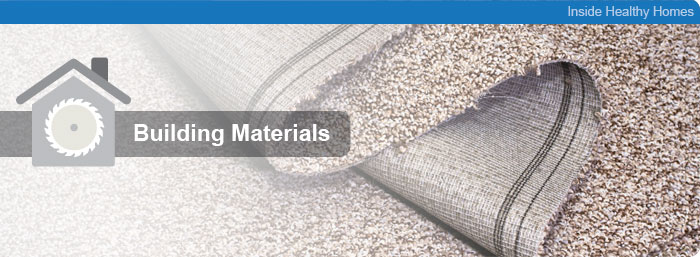Current Suspected Overdose Deaths in Delaware for 2025: Get Help Now!
Find school water testing results and additional resources
Attention Medicaid Participants: Eligibility Renewals Restarted April 1, 2023

|
What are these materials?
The most common types of new materials in your home or apartment that pose a health risk are newly laid carpet and plywood products. The chemical in question is formaldehyde. It's used in the backing of some carpets, in carpet glue and in the manufacture of plywood, especially interior grades. What are the dangers?Formaldehyde can cause watery eyes, burning sensations in the eyes and throat, headaches, wheezing and coughing, nausea and difficulty in breathing in some humans exposed at elevated levels (above 0.1 parts per million). High concentrations may trigger attacks in people with asthma. There is evidence that some people can develop a sensitivity to formaldehyde. It also has been shown to cause damage to the liver, kidneys, and the central nervous system in animals and may cause cancer. What you can do...
|
Request Additional Information [ Request Additional Information - Text Version ] __________ Health House Builder Guidelines __________ US EPA Formaldehyde Facts __________ American Lung Association Formaldehyde Fact Sheet |
![]() Please note: Some of the files available on this page are in Adobe PDF format which requires Adobe Acrobat Reader. A free copy of Adobe Acrobat Reader can be downloaded directly from Adobe . If you are using an assistive technology unable to read Adobe PDF, please either view the corresponding text only version (if available) or visit Adobe's Accessibility Tools page.
Please note: Some of the files available on this page are in Adobe PDF format which requires Adobe Acrobat Reader. A free copy of Adobe Acrobat Reader can be downloaded directly from Adobe . If you are using an assistive technology unable to read Adobe PDF, please either view the corresponding text only version (if available) or visit Adobe's Accessibility Tools page.